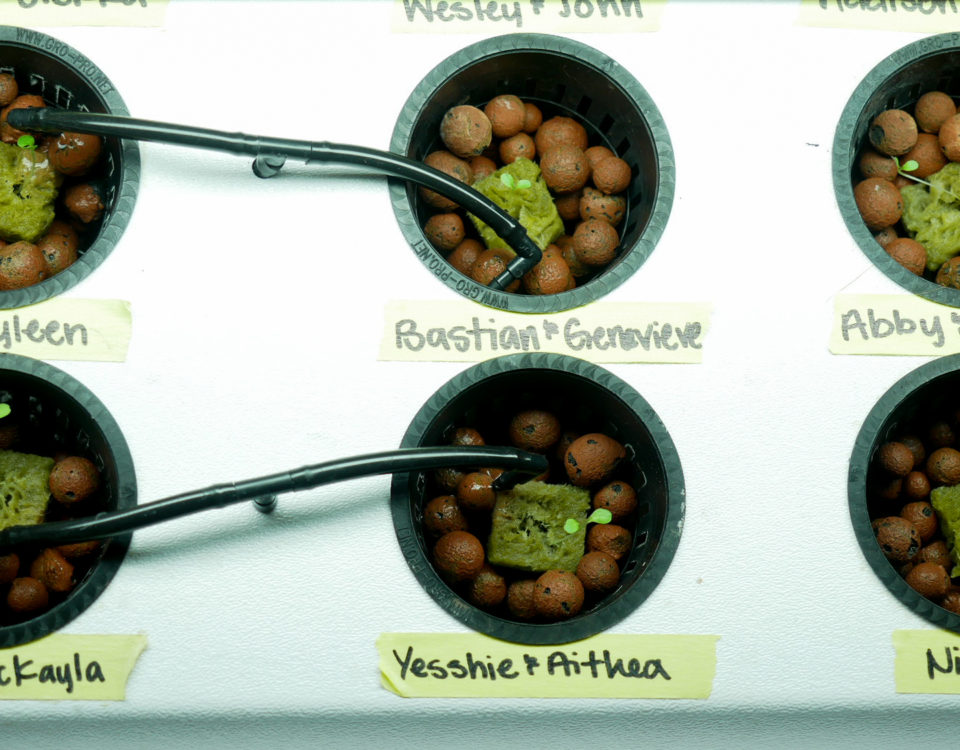Herring Spawn

Herring Return Earlier and more Abundant than Expected
By Teal Barmore, April 16, 2019
Researchers in the Herring Research and Monitoring (HRM) program were caught off guard when herring started to spawn about a week earlier than expected in Prince William Sound this spring. In recent years, the first spawning event has occurred around the eighth of April, but this year the Alaska Department of Fish and Game first recorded spawn on March 31 at Knowles Bay from their aerial survey. According to HRM Program Manager, Scott Pegau, there are two things that we know create a tendency for herring to come in early to spawn. The general pattern that older fish tend to spawn earlier than younger fish, and a loose connection to warmer water temperatures. Warmer water temperatures increase the fish’s metabolism, allowing them to develop eggs a little earlier. These two factors working together could be the cause of this year’s especially early spawn.
The early spawn initiated a rush of research crews and boats scrambling to get out to Port Gravina to collect data on the herring. Many of those researchers had been hoping to be on-site before the herring spawn. Research Ecologist Pete Rand, who runs the acoustic spawning biomass surveys, was one of those researchers. To get good acoustic estimates of the spawning biomass, he needs to get to the spawning site just before spawning, while the fish are staged at 30-40 meters in depth. Pete and his crew aboard the Auklet run zig-zag transects, collecting data from a sonar on how many fish are hanging out waiting to spawn. Once the fish move into the shallow water for spawning, it is really hard for Pete to get good estimates of abundance. He suspects that his data missed about half of the Port Gravina event this year.
Fortunately, when it comes to abundance the Alaska Department of Fish and Game had better luck. With really good flight conditions they were able to collect good mile-days of milt data for the Port Gravina event, and their preliminary results show more spawn than last year. Scott suspects that there is more to come, too. From the bits and pieces of information he is getting from the field, he thinks that the two-thirds of the three-year-old age class that should be joining the spawning population for the first time this year haven’t spawned yet. If that is the case, the already high biomass is surprising to Scott.
Why might the spawning biomass be higher than expected this year? Scott is basing his guess on reports from the field. The first group of fish spawning at Port Gravina were on the large side. From the data collected last year, Scott expected most of the fish to be medium sized 5-year old fish. If this first spawn was a large group of older fish, where were they last year? Scott thinks the mystery could be in the one thing that is a constant challenge for the Herring Research and Monitoring program, bad weather. With older fish tending to spawn earlier, and aerial surveys depending on good weather, maybe this group spawned last year but nobody saw it.
The Alaska Department of Fish and Game’s crew aboard the R/V Solstice was able to get samples of those early fish after they had spawned for age, sex, and length data. It won’t be until this fall, when all of the data collected during the spring spawning event is combined, that we will know the true story of what happened with Prince William Sound herring this spring.





